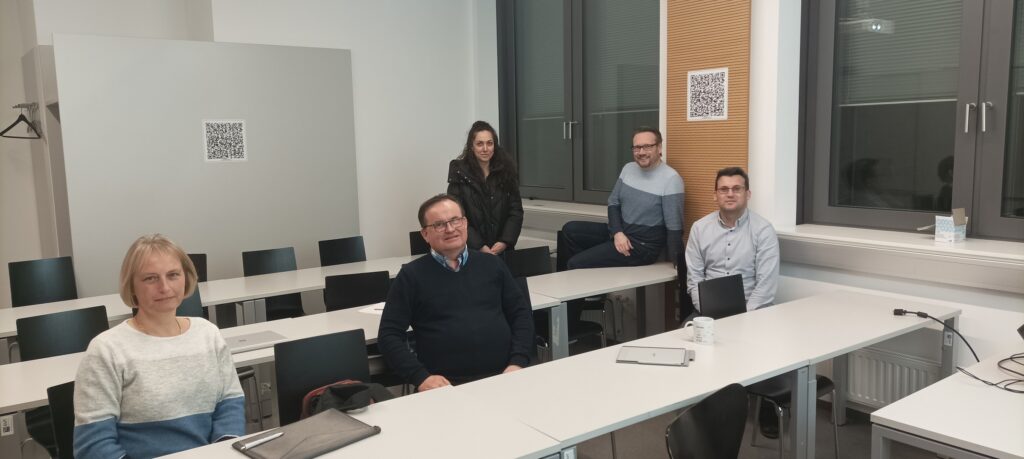MULTICAT
In recent years, green hydrogen is gaining importance worldwide as an energy carrier and feedstock for the chemical industry. Hydrogen, produced by electrolysis using renewable electricity, is essential for a successful energy transition and for meeting international climate targets. Efficient generation of fossil-free hydrogen at low cost requires the development of new materials and implementation of novel methodologies. The Multifunctional electrocatalysts for clean energy conversion (MultiCat) project aim to develop multifunctional catalysts for efficient generation of hydrogen and oxygen gasses via water electrolysis. Oxygen evolution reaction (OER) is often the bottleneck during water splitting. Here, this issue will be tackled using transition metal phosphide (TMPs) and metal organic frameworks (MOFs) which are emerging as efficient catalysts and alternative to expensive noble-metal oxides such as ruthenium oxide (RuO2) and iridium oxide (IrO2). The prepared TMPs will be also used as bifunctional catalysts for hydrogen evolution reaction (HER). In addition to water electrolysis, another objective of the MultiCat project is to prepare efficient catalysts for ORR which limits performance of low-temperature hydrogen-oxygen fuel cells. Single-ligand and mixed-ligand MOFs with extended electron conjugations will be synthesized and applied as catalysts in ORR studies. With the use of highly conductive ligands, a truly novel Fe and Ti- containing MOFs with predicted enhanced electrochemical performances and stabilities will be developed. MultiCat project will also use computational guided studies (density functional theory, DFT) to develop catalysts with intrinsic defects.
Project Consortium
University of Nova Gorica, Slovenia: The University of Nova Gorica, founded in 2006 in Slovenia, is a research-focused institution offering diverse programs in science, arts, and humanities. It emphasizes innovation and international collaboration. Principal Investigator: Assoc. Prof. Saim Emin
University of Ljubljana, Slovenia: The University of Ljubljana, founded in 1919, is the largest and oldest university in Slovenia. It offers a wide range of academic programs across various disciplines, including humanities, sciences, engineering, and social sciences. Known for its high-quality research and strong international collaborations, the university plays a key role in advancing education and innovation in Slovenia and beyond. Partners: Prof. Urška Lavrenčič, Assoc. Prof. Romana Cerc Korošec, Nataša Čelan Korošin
Technical University of Vienna: TU Vienna (Technische Universität Wien) is one of Austria’s leading technical universities, known for its strong focus on engineering, natural sciences, and innovation. Established in 1815, it offers a range of undergraduate, graduate, and doctoral programs. TU Vienna is renowned for its cutting-edge research, state-of-the-art facilities, and international collaborations. Principal Investigator: Prof. Dominik Eder
University of Warsaw: The University of Warsaw, established in 1816, is Poland’s largest and one of its most prestigious universities. It offers a wide range of programs in arts, sciences, and humanities, with a strong emphasis on research and international collaboration. The university is located in the capital, Warsaw, and is known for its vibrant academic community. Principal Investigator: Prof. Pavel Kulesza; Collaborator: Assoc. Prof. Iwona Rutkowska
Glimpse during the joined meetings


Project meeting at TUWien on February 13, 2023. Project results has been discussed by three partners. On the left image: Assoc. Prof. Iwona A. Rutkowska (left), Prof. Pavel Kulesza (middle), Assoc. Prof. Saim Emin (right), prof. Dominik Eder (back) and Dr. Shaghayegh Naghdi (back).

Partners meeting at the International Conference on Functional Materials in Bratsilava on 5.9.2022.